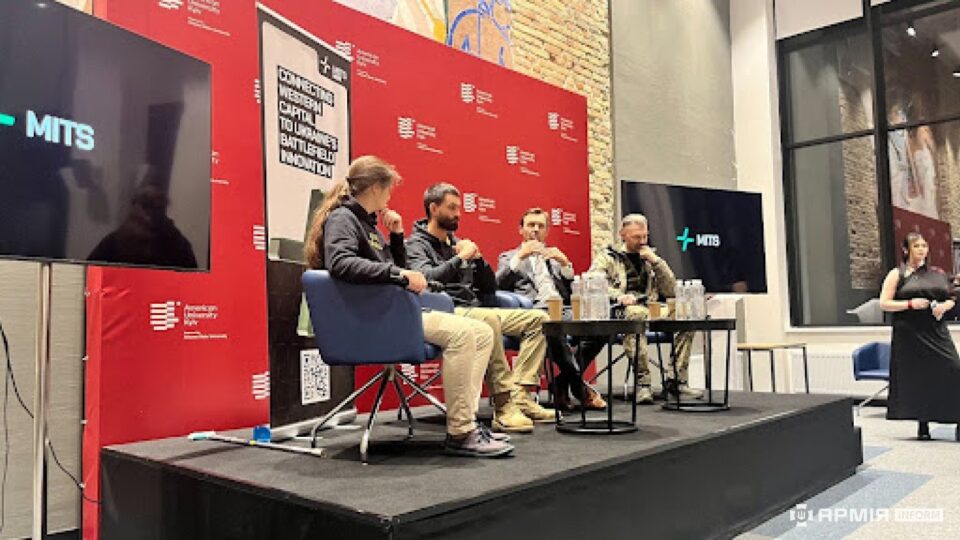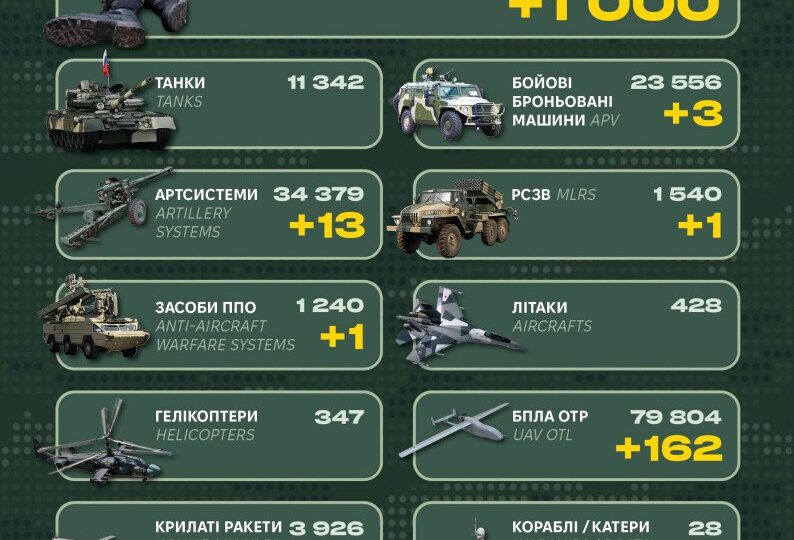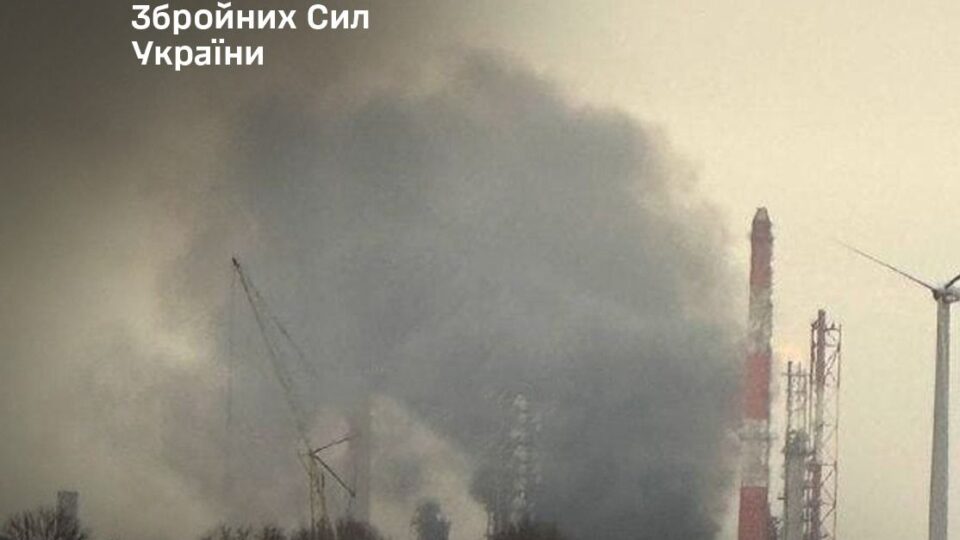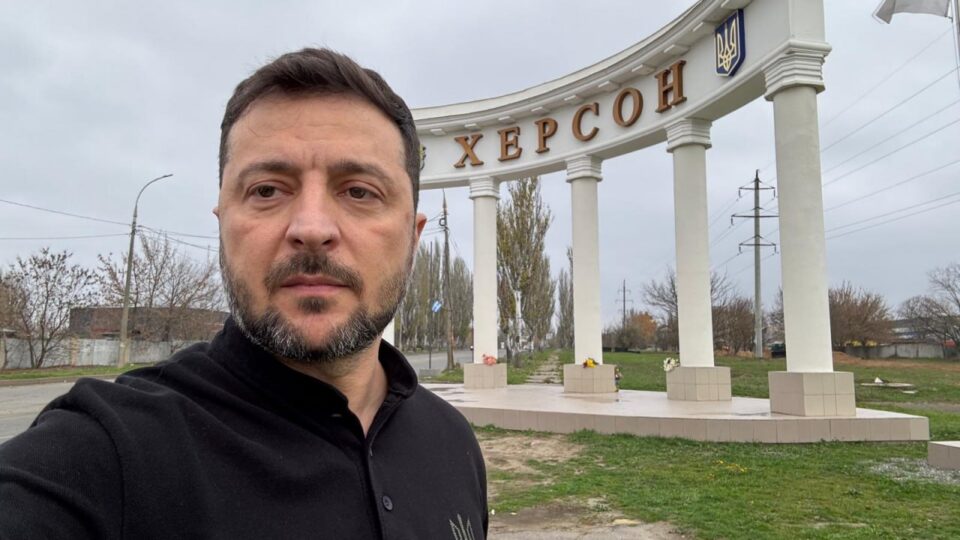How much time is needed to master the German “Beaver”? ArmyInform correspondents visited one of the military units where professional…

What should pay look like at the frontline and in the rear to sufficiently motivate military service?
Why can’t the war be won with drones alone, and what role do assault units play in modern warfare?
How can a unit integrate such different categories of service members — volunteers, mobilized personnel, former convicts, and those returning after unauthorised absence?
Captain Dmytro Filatov, callsign Perun — commander of the 1st Separate Assault Regiment, established on the basis of the unit founded by Hero of Ukraine Dmytro “Da Vinci” Kotsiubailo — answered ArmyInform’s questions.

Later, during the full-scale invasion, Dmytro joined the Armed Forces and began uniting different volunteer cells — both those who were already in regular units and those in similar volunteer formations.
Between 2014 and 2022, he developed a very large network of military contacts. He invited many of them to join forces and establish a formation within the Special Operations Forces.
Soon, the unit grew so large that the SOF’s staffing limits could no longer accommodate us. On top of that, we had captured a great deal of trophy weapons and wanted to keep them, but SOF regulations did not allow this. So we were offered the option of forming a mechanized battalion.
Thus, even during Dmytro’s lifetime, a separate mechanized battalion was created and became part of the 67th Separate Mechanized Brigade. After “Da Vinci’s” death, it was led by Yuriy Kapusta.
Since our unit had its own traditions and had always conducted aggressive offensive actions, we were then offered to reorganize the mechanized battalion into an assault battalion. That is how we became one of the first newly created assault battalions.
Later, after Yuriy Kapusta, I became the commander, and we grew into a separate assault regiment.

But the core traditions and internal culture remain from the volunteer stage.
We preserve the traditions laid down by Dmytro: in our regiment, everyone treats each other as equals, and professional qualities are respected above all. Most of our officers started as soldiers — today they are battalion commanders, deputies, company commanders, and platoon leaders.
At the same time, we also have career officers in positions requiring specialized knowledge and qualifications. That mix is a distinctive feature of our unit.

Each stage of our combat history gave us valuable experience, which we now pass on to everyone who joins the regiment — both the existing personnel and new recruits.
We’ve gained highly diverse combat experience. Perhaps the only domains we lack are at sea and in the air. But we’ve mastered urban warfare, forests, fields, and trenches across all seasons — winter, spring, summer, autumn.
I believe our unit has acquired unique experience in modern warfare because we are always deployed at the hottest spots and hardest sections of the front. The enemy there is always very strong, which means we must become even stronger.

Why? Because, as in any fight — even in boxing — you cannot win by staying in defense alone. You win only by going on the attack. Defense alone cannot win a war.
Our unit has never been deployed somewhere “quiet.” We are always in contact, always focused on destroying the enemy. If the enemy is weak, we press forward. If they are strong, we wear them down, maneuver, and destroy as many as possible to make progress possible.
Not everyone can acquire the skills of assault troops. It requires harsh experience and constant self-discipline. Commanders must combine academy knowledge with real combat leadership. Soldiers must see their commander as a leader they want to follow.
That is why it is so difficult to grow such leaders in sufficient numbers for a large army. We managed, perhaps, because of the nature of our formation — people joined us who truly wanted to fight for Ukraine.

Second, we recruit service members from unauthorised absence. We visit reserve battalions, talk to people, and tell them about our unit.
Third, we recruit from training centers, where we select motivated soldiers who later become true assault troops.
Finally, there are convicts recruited from colonies.

Another reason is family. Annual leave of 30 days is not enough. Many soldiers lose their families because they cannot spend enough time with them. UA sometimes help resolve that.
So I support the initiative for simplified return after UA.

But after the first battles, they adapt, understand military culture, and integrate. Some had past issues with drugs, so they require close supervision.
Overall, many have already carried out difficult missions and earned my respect.

Over time, they themselves become experienced, and then they mentor the next newcomers.
When they come out, they are dehydrated and drained. Three days is not enough. Ideally, after a week of assaults, they need up to two weeks of rest.
We advocate increasing annual leave from 30 to 60 days. This would let soldiers spend real time with families, maintain relationships, and return to civilian life more naturally afterward.

Food supply is also solid — soldiers eat well, including fruit, fish, and meat. Commanders have flexibility to contract with suppliers.
Clothing and gear are adequate. Quality uniforms, footwear, and ballistic protection are provided, though improvements are possible — especially lighter modern armor.

But rear personnel at permanent deployment points earn only 20,000 UAH (~$486). They work without weekends or normal hours, unlike civilians. Many cannot cover family needs with that salary.
This creates a motivation gap. If a man knows he can earn 30,000 UAH (~$729) as a loader in Kyiv with weekends and family nearby, he may choose that instead of service. This pay issue must be addressed.

Drones are crucial — they are the technological breakthrough of today’s war, just as tanks were in WWI and multiple launch rocket systems in WWII.
The “Drone Line” initiative is extremely important, but drones alone are not enough. Without infantry and assault units, UAVs cannot win the war.
That is why we need balanced development: UAVs, infantry, assault forces, airborne troops, and also ground robotic systems, which we are already testing in logistics and plan to expand into combat use.
I am sure that in the future, ground robotics will become another key direction of technological development for our Armed Forces.
@armyinformcomua

A discussion titled “Secret Sauce of Ukraine’s Victory: The Rise of New Defense Tech” recently took place in Kyiv.

Is it difficult to learn to operate the German bridge-layer Biber? What kind of beast is it, how did it get to Ukraine and where has it been used?

Over the past 24 hours, Russian invaders have lost 1,000 troops killed and wounded.

The Armed Forces of Ukraine struck the «Orsknefteorgsintez» oil refinery in Russia’s Orenburg Oblast.

President of Ukraine Volodymyr Zelensky visited Kherson on the third anniversary of the city’s liberation from Russian occupation, congratulated its residents, and presented state awards.

The Commander-in-Chief of the Armed Forces of Ukraine, General Oleksandr Syrskyi, held a working meeting on the development of unmanned systems in the Armed Forces of Ukraine.
How much time is needed to master the German “Beaver”? ArmyInform correspondents visited one of the military units where professional…